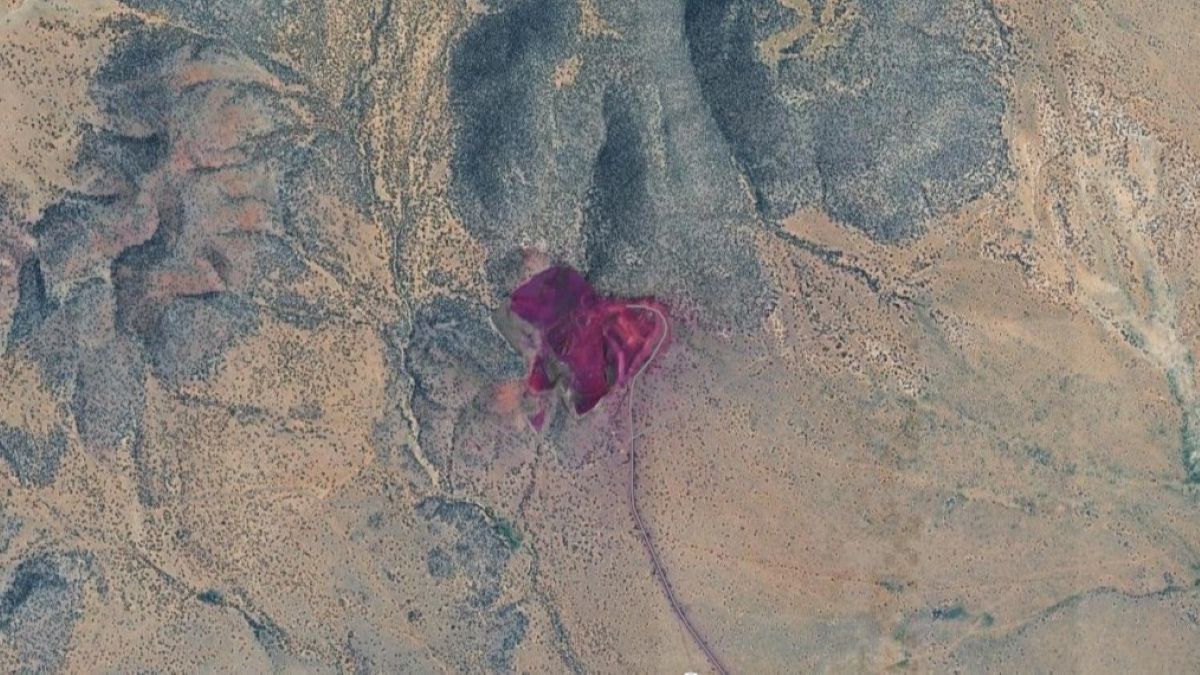The Lannisters aren’t the only ones paying their debts — nature has reversed a 12,500-year-old debt, returning dire wolves to a throne they never truly abandoned.
Indeed, dire wolves are no longer a fantasy confined to the Seven Kingdoms. They’re real. They’ve returned to the world. In a groundbreaking development, Colossal Biosciences revealed they’ve successfully “de-extincted” the ancient animal. Three pups — named Romulus, Remus, and Khaleesi (because of course they couldn’t resist the pop culture nod) — were born between October 2024 and January 2025. The twin males arrived first on October 1st, while little Khaleesi followed on January 30th.
SOUND ON. You’re hearing the first howl of a dire wolf in over 10,000 years. Meet Romulus and Remus—the world’s first de-extinct animals, born on October 1, 2024.
— Colossal Biosciences® (@colossal) April 7, 2025
The dire wolf has been extinct for over 10,000 years. These two wolves were brought back from extinction using… pic.twitter.com/wY4rdOVFRH
All three were born to surrogate mother dogs at an undisclosed wildlife facility in the United States, where they’re being raised away from public view. This marks humanity’s first successful resurrection of a species whose genetic lineage completely vanished from the planet thousands of years ago.
The real dire wolves — Canis dirus, or “fearsome dog”— were absolutely nothing to mess with. Standing roughly 5 feet long and weighing up to 175 pounds, these were not just slightly larger cousins to today’s wolves. They were specialized killing machines with massive crushing jaws that produced bite forces powerful enough to shatter bone. Archaeological evidence shows they hunted in packs across North America during the Late Pleistocene, bringing down giant sloths, horses, and even young mammoths. Unlike modern wolves, dire wolves had broader, shorter snouts and more robust frames — built less for endurance chases and more for ambush-style attacks on megafauna that dwarf anything alive today. When they vanished around 10,000-12,500 years ago during the last major extinction event, North America lost its most formidable land predator.
Colossal, a biotech firm founded in 2021, employed what amounts to genetic retrofitting. Scientists extracted DNA from two ancient samples — a 13,000-year-old tooth from Ohio and a 72,000-year-old ear bone from Idaho — nd sequenced the genome. Rather than attempting to rebuild the entire genome from fragments, they identified 14 key genetic differences between dire wolves and modern gray wolves, then used CRISPR gene-editing technology to rewrite those specific genes in gray wolf cells.
Researchers drew blood from modern gray wolves and isolated specific cells called endothelial progenitor cells (EPCs) that form blood vessel linings. After editing these cells to match dire wolf genetics, they transferred the modified nuclei into emptied egg cells. Out of 45 engineered embryos, three successfully developed to term after being implanted in female dogs chosen specifically for their size and health. The result? Puppies that aren’t “pure” dire wolves in the strictest sense, but genetically modified organisms that express the key physical and behavioral traits that made Canis dirus unique.
I’m not saying we’re headed for a Jurassic Park scenario here, but there’s something profoundly unsettling about resurrecting predators that nature itself phased out millennia ago. Are we prepared for what happens when these animals reach adulthood? And ethically speaking, we’re creating beings designed for a world that no longer exists. That said, I can’t help but feel a thrill at the notion that something previously confined to fantasy (and prehistoric reality) now breathes the same air we do. Colossal isn’t stopping at dire wolves, either. They’ve already created a “woolly mouse” with mammoth-like adaptations and have the dodo and Tasmanian tiger in their sights next. As a species, we’re now gods playing with the fundamental boundaries of life and death. If that doesn’t both excite and terrify you, you haven’t been paying attention.











Published: Apr 7, 2025 05:00 pm